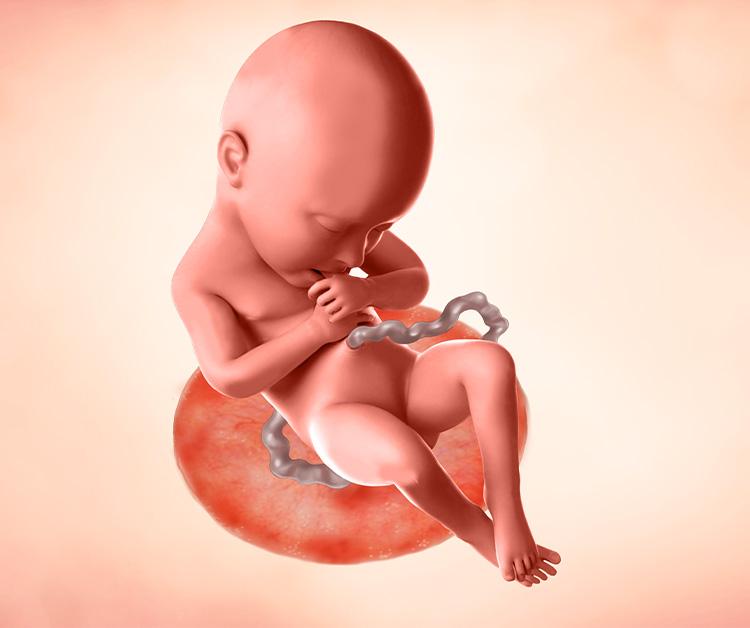Due to maintenance, rewards points for receipt uploads will be delayed. Thank you for your patience!

5 Minute Read
At this stage of your journey, new developments are beginning to unfold. Check out this week-by-week guide to find out what’s in store for your baby and your body in week 35 of pregnancy.
With week 35 of your pregnancy complete, you’re on week 36. Enjoy it, as week 37 is on the horizon!
One of the most exciting things about pregnancy is how many changes you’ll experience with your little one over the span of just 7 days! Here’s some tips and tricks to keep on top of all that’s happening.

At 36 weeks, your baby’s amniotic sac home is getting pretty crowded. With limited room, your growing peanut isn’t flipping and floating around like they used to, but they'll still be kicking, wiggling, jabbing, and poking. Doctors may recommend that you count your baby’s kicks to keep track of their movement and contact your doctor if something seems out of the ordinary for your little one.
36 Weeks Pregnant |
|---|
Baby Weight 6 lbs |
Baby Length 20 inches from head to toe |
Baby Size Comparable to romaine lettuce |
During week 36 of pregnancy, your body is changing quickly. As your baby grows, you will too, and there are certain pregnancy symptoms you may experience at this time.
Your baby’s position at 36 weeks will help you breathe easier. Right now, your baby is getting into position for entry into the world. To do this, they most likely drop head-first into your pelvic area. When this step—called lightening—takes place, your lungs (and stomach!) will have a bit more room to expand. Walking may be tougher, though, so be prepared to waddle at 36 weeks pregnant. If your baby’s head isn’t down, they’re considered breached, and your doctor might talk to you about different options for labor and delivery.
Though your baby at 36 weeks has a well-developed brain, the bones surrounding it are still soft, allowing for further growth. Those bones can also move around and overlap to make it easier for your baby to travel down the birth canal. Don’t be surprised if your little one comes out with a pointy or misshapen head; it’s quite common, and it’s not going to hurt their brainpower. Usually, the baby’s skull will take on a more traditional shape soon after birth.
The issue: With just a few weeks left until your little one’s arrival, you may still be considering whether you want to breastfeed or feed your baby formula—or a bit of both.
The solution: Explore your options and learn more about formula feeding and breastfeeding. More info you might find helpful:
Learn more about your pregnancy, including pregnancy planning and pregnancy nutrition to feel prepared to continue this magical adventure. You’re armed with the facts, what to do, and now you can take time to connect with the little one growing inside you.
With week 35 in the rearview mirror and week 36 going strong, look to the future and what's coming up in week 37!
All information on Enfamil, including but not limited to information about health, medical conditions, and nutrition, is intended for your general knowledge and is not a substitute for a healthcare professional's medical identification, advice, or management for specific medical conditions. You should seek medical care and consult your doctor or pediatrician for any specific health or nutrition issues. Never disregard professional medical advice or delay seeking medical treatment, care, or help because of information you have read on Enfamil.